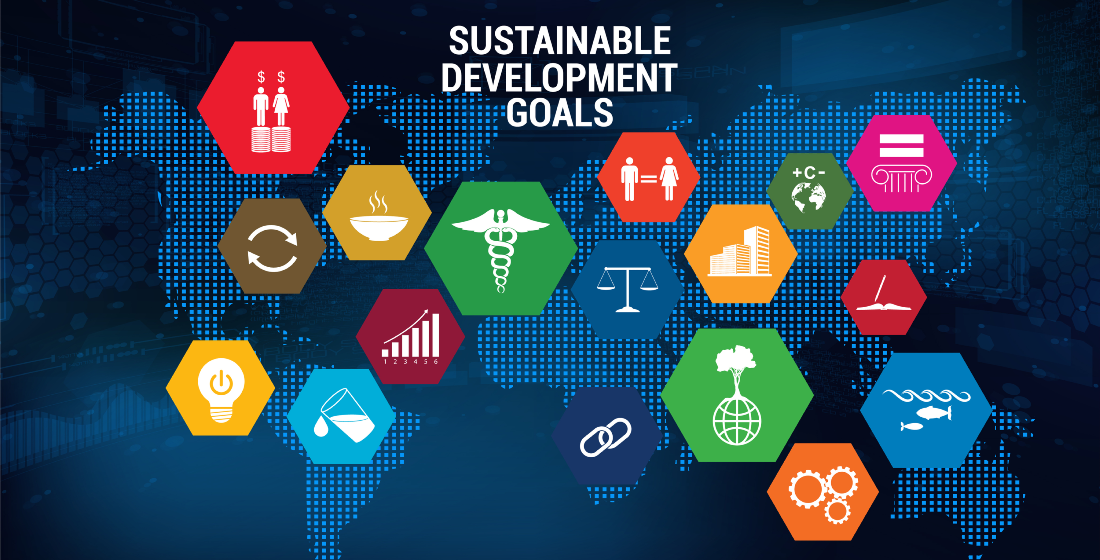How are investors measuring impact?
Rife with greenwashing, lack of data, incoherent metrics, and costly due-diligence process, impact investors have struggled with measuring the impact of their investments. Newly launched initiatives by GIIN and UNEP work towards creating systematic and comparable analytical tools that have the potential to influence how capital is allocated and managed.

Led by shareholder advocacy and increasingly influential ESG mandates, impact investment has seen a steady growth among asset managers and institutional investors like pension funds and faith-based investors. But measuring the impact of these investments remains a challenge, particularly in social projects. Lack of uniform and comparable metrics, insufficient data in the emerging markets and qualitative nature of Sustainable Development Goals like quality education (SDG 4) are among the biggest hurdles in impact evaluation.
“It is a labour-intensive process and impact does not happen overnight,” says Maria Teresa Zappia, chief impact and blended finance officer, deputy CEO at BlueOrchard, a global impact investment manager. For instance, projects related to financial inclusion must demonstrate how the loans increased the assets of the borrower and changed their living standards. “One of the challenges of impact evaluation is to have a time frame that is long enough to measure that change. A lot of investors at the moment are looking at impact investing as a panacea. But reality is that it is a long-term game,” adds Zappia.
BlueOrchard’s impact evaluation process involves on-site due diligence and gathering data from the investees. “We then challenge the investee data and cross-check with different responsible persons like, for example, the head office versus branch investment officer versus head of credit. This way we ensure that the quality of data is good,” says Zappia. In her experience, the availability and quality of data is better with public debt assets as compared to private assets. “It's interesting that the capacity to benchmark the data is much more on the public asset side, even if you are farther away from the investment story. The assumption is when you do a private equity transaction or private debt transaction, for maybe 5 to 10 years, you would be close to the industry and have full access to data. But in private assets, the data is still lagging behind the public assets,” adds Zappia.
Institutional investors and asset managers who work in the developed markets find better availability and access to impact-related data – for example, Index of Multiple Deprivation (IMD) is used in the UK to measure deprivation and comprises seven different domains. “But still, you need to select the data that is relevant and build the dataset. For instance, we are working on a real estate impact strategy with Schroders choosing relevant data that is material to the impact we want to achieve in selected deprived areas,” explains Zappia. Within emerging markets, paucity of quality data is accompanied by lack of standardisation and discrepancy between countries within one region.
Impact tools
While financial performance benchmarks, which are key to investor success, are commonplace in investing, there has not been a standardised way of comparing and benchmarking progress on the basis of impact. A few recently launched impact evaluation tools are aiming to standardise impact data and make them comparable. The Global Impact Investing Network (GIIN) launched the beta version of the first IRIS+ impact performance benchmark, which allows investors to analyse and compare the impact performance of their investments against that of their peers within specific sectors and relative to global goals, like the 17 Sustainable Development Goals (SDGs).
To develop the beta version of the first IRIS+ impact performance benchmark, the GIIN worked with a design team of 13 asset managers, including BlueOrchard, who invest, through both debt and equity, in a diverse range of financial service providers in both emerging and developed markets. Each member contributed data that helped with the prototype development of the financial inclusion benchmark. “This benchmark is significant because for the first time investors have the ability to compare themselves to the rest of the market on the basis of impact performance. At best, investors had impact performance data on their own portfolio. Until now, they haven't had a great way of comparing that data and understanding its significance,” says Amit Bouri, CEO and co-founder of the GIIN.
Through comparing data on impact with other investors and market standards, the benchmark has the potential to push investors to achieve greater and competitive impact. The benchmark has been built on GIIN’s IRIS+ system, which created a way to measure data meant to enable the “investor market to begin speaking the same language,” says Bouri. “So, we don't have an investor developing their own metrics, and a DFI developing theirs, and then both investing in the same fund and then trying to get them to speak two different languages to different audiences. It is analogous to how in financial language, we have accounting standards and ways in which we talk about things like depreciation and profits, etc.”
While the IRIS+ impact performance benchmark cuts across sectors and SDGs, there are sector and SDG-specific tools and frameworks available for impact investors. For instance, to advance women’s economic empowerment and gender equality (SDG 5), Gender Finance Collaborative – a group of DFIs led by British International Investment (BII), GIIN and the 2X Challenge – created aligned gender impact metrics.
To cater specifically for investments in biodiversity conversation, adaptation, mitigation, forest protection and sustainable livelihoods, UN Environment Programme (UNEP) launched a new indicator directory and resources platform in April. The Land Use Finance Impact Hub and its Positive Impact Indicators Directory – launched by UN Environment Programme (UNEP) Climate Finance Unit and the UNEP-World Conservation Monitoring Centre (UNEP-WCMC) – has been developed with and for impact funds and sustainably focused financial institutions, and aims to support the rollout of effective industry frameworks to track the environmental and social impacts of land-use investments.
The directory helps DFIs and MDBs engaged in blended concessional financing to ensure their impacts are properly tracked, and allows them to see how the proposed indicators link to global goals, including the UN Sustainable Development Goals, the Rio Conventions, and the UN Decade on Ecosystem Restoration. “In the early days of sustainable land use finance, there was a tendency for each fund to develop their own set of project-specific Key Performance Indicators, making it difficult to aggregate impact results at the fund level and for financiers to identify where they could best invest their capital to achieve the desired impacts,” said Ivo Mulder, head of UNEP’s Climate Finance Unit. “The Land Use Finance Positive Impact Indicators Directory is a first step to resolving this challenge by adopting a common and standardized approach. It brings increased efficiency for capital allocation in nature-positive assets, including in the context of sustainable land-use assets.”
Qualitative data
Some SDGs – particularly those related to climate change – are easier to evaluate than others like education, where data availability has the potential to be more qualitative. BlueOrchard is among the few impact investors that have an education finance fund in Africa, called Regional Education Finance Fund for Africa (REFFA). It is a thematic fund designed to address the needs of the education sector in Africa, with an objective to increase equal access to primary, secondary, and vocational education and enhance education quality.
“What we want to measure is not only the number of kids who attend private schools with the help of financial institutions, but we want to go a step further and quantify the quality of education that these private schools provide and its affordability,” says Zappia. “When we started working in this sector, we thought let's have a look at the education finance budget in South Africa, for example, and see what is the percentage of their GDP used for education. Since the percentage of GDP that South Africa spends on educated is pretty high compared to other African countries, there needs to be a correlation with the quality of education provided. But the quality of education provided in South Africa is extremely poor. So, this contradicts the notion that if you spend more you can get more quality education,” observes Zappia. Therefore, assessing the quality of education and its affordability needs to be considered in a thorough impact evaluation, which “requires an in-depth analysis of the country, context, the level of living standards, the difference in difficulties between rural and urban communities, etc.”
Carrying out qualitative due diligence for SDGs like education is not only a laborious but costly process for impact investors, often influencing the level of management fees they charge. “But data collection is a major effort – and it’s really important,” says Zappia.





